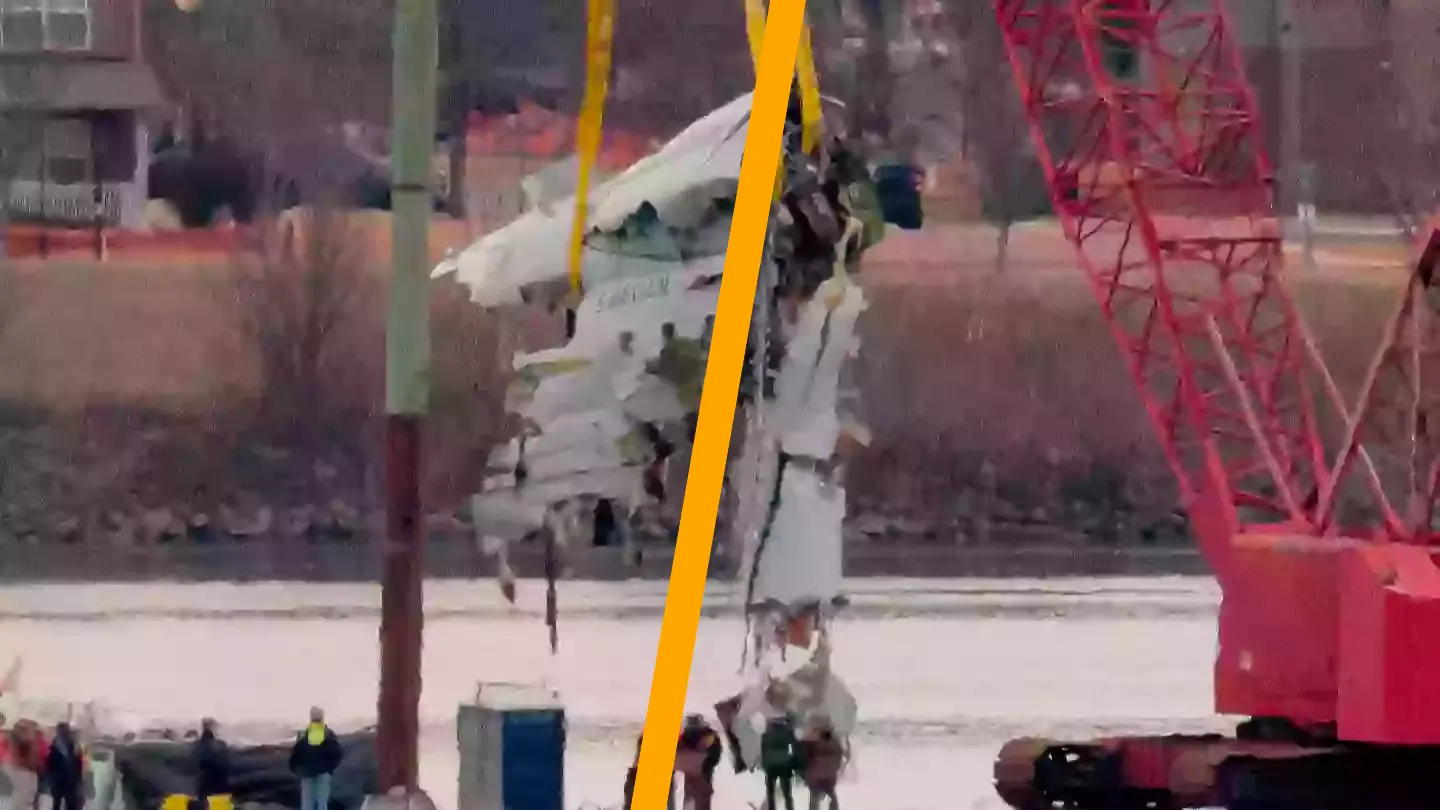Authorities are continuing their investigation to determine the cause of the American Airlines crash that occurred at the end of January.
The commercial aircraft was approaching Ronald Reagan National Airport on January 29 when it collided with a Black Hawk military helicopter.
Sadly, all 64 passengers aboard the plane, as well as the three individuals in the helicopter, lost their lives.
Both aircraft plummeted into the Potomac River, prompting an extensive search operation initially focused on finding survivors, which eventually shifted to a body recovery effort.
On February 14, National Transportation Safety Board Chairman Jennifer Homendy provided an update on the investigation into the crash.

ABC News reported that the helicopter crew might have had incorrect information regarding their altitude before the collision with the American Airlines jet.
One pilot believed they were at 400 feet, while the other thought they were at 300 feet. Nonetheless, the NTSB has not yet disclosed the helicopter’s exact altitude at the time of the crash.
Homendy stated: “We are looking at the possibility of there may be bad data.”
She added that a transmission from the control tower, which instructed the helicopter to pass behind the plane, might not have been heard by the crew due to a simultaneous radio transmission by the pilot.
Texas Senator Ted Cruz previously addressed potential issues faced by the helicopter crew prior to the accident.
Earlier this month, he noted that the helicopter had its automatic dependent surveillance-broadcast (ADS-B) system turned off.
ADS-B is a critical data source used by air traffic controllers to monitor aircraft, alongside Center Radar and Approach Radar.

Military aircraft can operate with this system deactivated, despite its ability to provide more accurate aircraft tracking than the standard transponder, which the Black Hawk was equipped with.
CBS News reported Cruz’s remarks: “Unless there was a compelling national security reason for turning it off, that does not seem justified and in this instance, this was a training mission so there was no national security reason for ADS-B to be turned off.”
At the time, Homendy added to the uncertainty by stating that the NTSB had not yet verified the presence of an ADS-B on board.
“We don’t know that at this time,” she stated simply.

